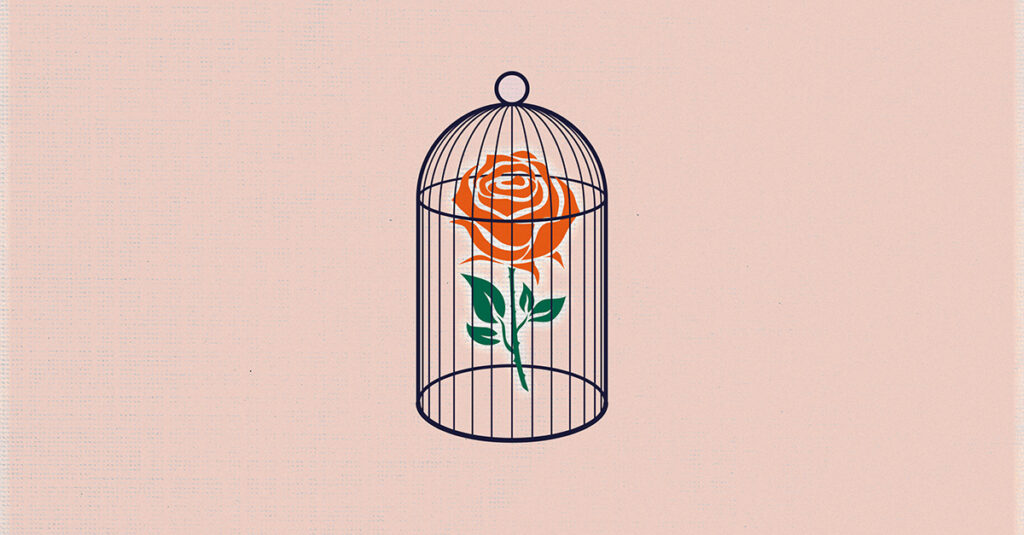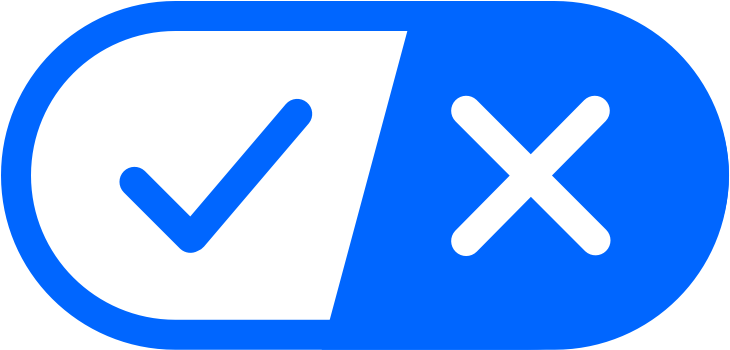More than ever, folks on HER identity as queer in addition to lesbian, bi+, or pan.
‘Queer,’ and ‘LGBT,’ aren’t they all synonyms? Well…not quite. Each term carries its own distinct identity – and these labels are chosen with intention to express so much more than pure orientation or sexuality.
Understanding the LGBT acronym
The term LGBT stands for Lesbian, Gay, Bisexual, and Transgender. This acronym encompasses a wide variety of sexual orientations and gender identities. But, doesn’t go past that.
Each letter in this acronym represents a distinct group within the community. The ‘L’ is for lesbians – women who are attracted to other women. Next comes ‘G’, which stands for gay men – males attracted to other males.
‘B’ represents bisexual individuals who experience attraction towards both genders. Lastly, the ‘T’ symbolizes transgender people, those whose personal identity doesn’t correspond with their birth-assigned sex.
In an effort to be more inclusive and represent diverse experiences beyond just these four categories, we often see additional letters added like Q (Queer), I (Intersex), A+ (Asexual plus others).
The political nature of queer
Often, the term “queer” is misunderstood as just another label for sexual orientation or gender identity. But it’s so much more than that. Queer is radical and political.
“Queer,” in essence, defies categorization; it embraces fluidity over fixed identities. It’s a rebellion against societal norms and expectations about who we should be.
In contrast to LGBT—an acronym coined by LGBT rights activists, queer focuses on challenging the binary views of sex, gender, and sexuality.
- It rejects systems & structures that oppress.
- It fights for liberation from heteronormative society standards.
- And above all else, it advocates freedom—freedom to identify oneself beyond traditional confines.
The LGBTQIA+ community has long pushed back against oppressive norms, with its history of activism stretching far into the past. When you hear someone identify as ‘queer’, know they’re making a bold statement—a call not only for acceptance but also justice and liberation.
Why use queer instead of LGBT
The concept of “queer” extends beyond a mere descriptor for sexual orientation or gender identity. It signifies a broader, more profound movement. Queer is inherently radical and political, representing a defiance of rigid classifications. It champions the idea of fluidity over static identities, standing as a challenge to societal expectations and norms regarding individual identity.
In its essence, “queer” resists the confines of categorization. It offers a critique of the binary perspectives commonly associated with sex, gender, and sexuality, differing from the LGBT acronym, which originated from LGBT rights activism.
Queer is about rejecting systems and power structures that feel constricting and advocating for emancipation from the standards set by a heteronormative society. It embodies a fight for freedom—the freedom to self-identify outside conventional boundaries.
The LGBTQIA+ community has a rich history of combating oppressive norms, with a legacy of activism that dates back significantly. Identifying as ‘queer’ is not just a personal identification but a powerful statement. It’s a call for not just acceptance but for justce and liberation, a reflection of an ongoing struggle against oppressive systems.
Sadly, maybe modern day LGBTQIA+ folks have forgotten what it means to be radical, which is why a new generation is more queer than ever.
Queer was a slur, but we have reclaimed it
‘Queer,’ once pejorative slang used against non-normative sexualities, is now embraced by many in our community with pride. This adoption signifies liberation; it’s about saying, “We’re here and not going anywhere.”
Common misconceptions about queer and LGBT
The terms “queer” and “LGBT” often stir confusion, leading to a sea of misconceptions. One such myth is that queer replaces LGBT or LGBTQIA+. In reality, queer serves as an umbrella term, encompassing various identities not strictly defined by the binary.
A common mistake people make is thinking these labels are interchangeable. But while both acknowledge non-heteronormative identities, their nuances differ greatly. “Queer” carries political weight; it’s a rallying cry for liberation from societal norms.
In contrast, each letter in “LGBTQIA+” stands for specific sexual orientations and gender identities – lesbian, gay, bisexual transgender, questioning/queer, intersex and asexual/aromantic/agender, respectively, plus others who don’t feel represented within this acronym.
Another misconception: everyone under the non-binary spectrum prefers ‘queer’ over ‘LGBT.’ That’s not always true. Some find empowerment in identifying with particular letters of LGBT or its extended form (like LGBTTQQIAAP), appreciating specificity. This showcases how personal language around identity can be.
Busting myths isn’t just enlightening but also fosters respect among diverse communities because understanding paves the way to acceptance
Intersectionality in queer and LGBT communities
The term intersectionality, coined by Kimberlé Crenshaw, describes how various social identities intersect. It’s a crucial concept when discussing queer and LGBT communities.
Why? Because people don’t have just one identity. For instance, someone might identify as lesbian but also be Latinx or disabled. These multiple identities aren’t separate; they interconnect and influence each other.
Racial identity significantly impacts the experiences of queer and LGBT individuals. According to the Williams Institute, racial disparities persist in these communities because of systemic racism.
A person’s socioeconomic status can shape their experience too. Studies like those from the LGBTData Project show higher poverty rates among certain subgroups within these communities due to discrimination and bias.
To truly support all members, it’s important that we consider intersectionality more often in our conversations about queerness or being part of the LGBTQIA+ community – because every voice matters.
Navigating identity politics
Engaging in respectful dialogue about queer and LGBT identities isn’t just nice, it’s essential. It promotes understanding and acceptance. But how can we do this right?
Firstly, let’s start by recognizing that everyone’s experience is unique. When someone identifies as queer or part of the LGBT community, remember it reflects their personal journey.
Acknowledge your biases – yes, we all have them. Unlearning societal norms takes time, but being aware helps us avoid assumptions.
- Don’t assume you know someone’s identity based on appearances.
- If unsure about which pronouns to use for a person, politely ask.
- Show empathy towards individuals sharing their experiences and listen actively without interrupting.
In conversations surrounding queer and LGBT issues, using inclusive language is a sign of respect. By sharing language, we acknowledge each other’s humanity.







